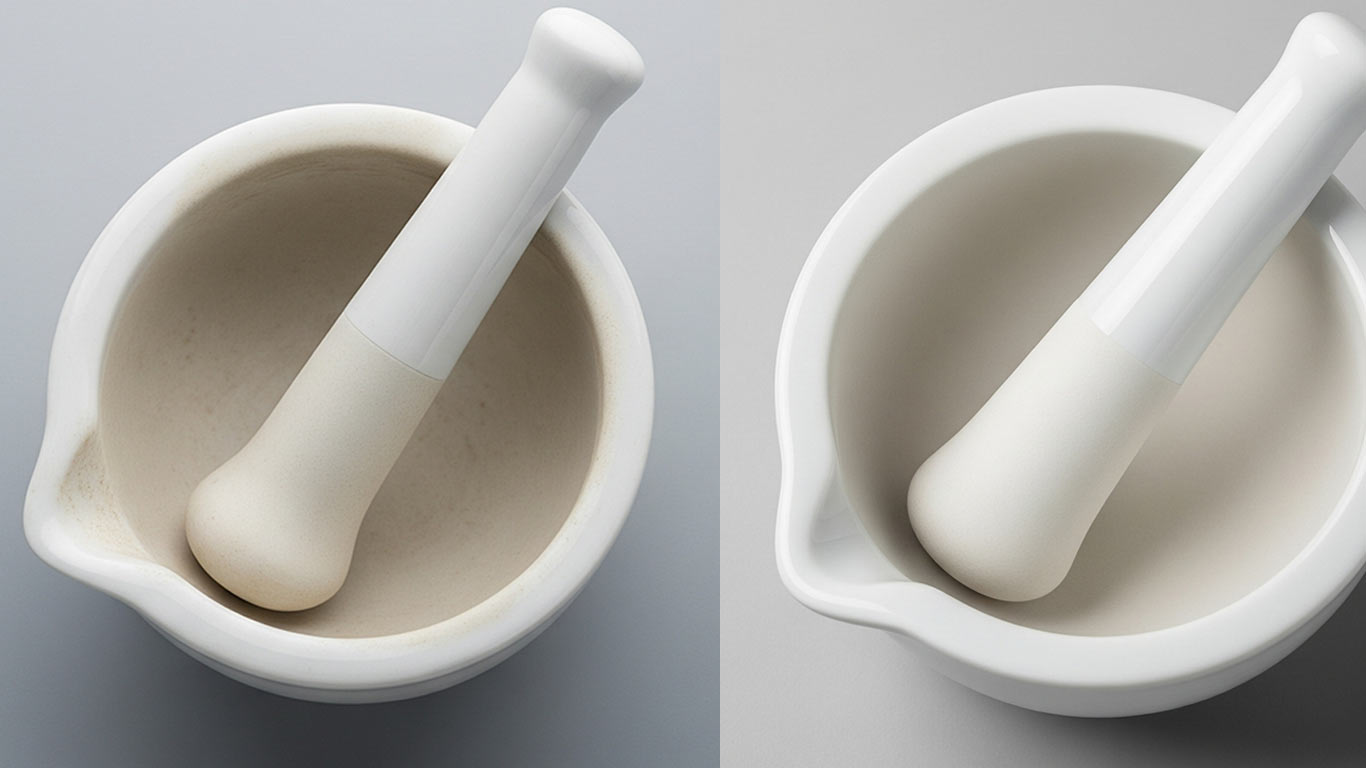
FDA
FDA 21 CFR 1040.10 - Laser Product Performance Standards



We've found porcelain sets itself apart from standard ceramics with its impressively low porosity and excellent corrosion resistance, supporting dependable use in tough settings like medical devices and chemical processing, free from surface degradation, though we stay watchful for any cracking risks during sudden heating.
I've seen porcelain's contaminated surface at high magnification, and it looks rough with scattered dirt clumps sticking everywhere. Fine particles and grime layers build up unevenly, dulling the natural smooth base underneath. This buildup clings stubbornly, making the whole area appear mottled and worn.
After laser treatment, the same porcelain surface turns crisp and clear, with all the dirt gone. The texture evens out nicely, revealing a fresh, glossy finish that shines through. No traces of residue remain

FDA 21 CFR 1040.10 - Laser Product Performance Standards

ANSI Z136.1 - Safe Use of Lasers

IEC 60825 - Safety of Laser Products

OSHA 29 CFR 1926.95 - Personal Protective Equipment
License: Creative Commons BY 4.0 • Free to use with attribution •Learn more